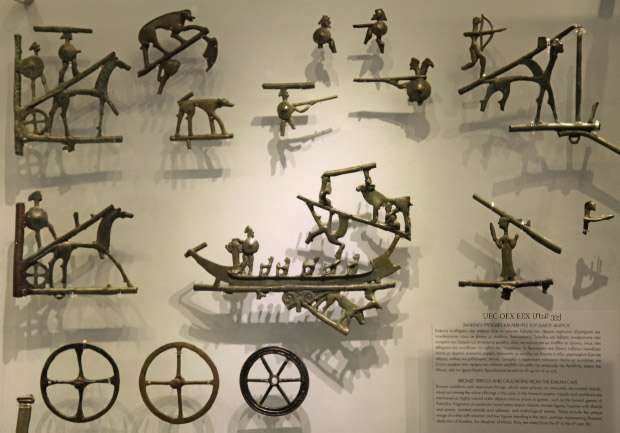 |
|
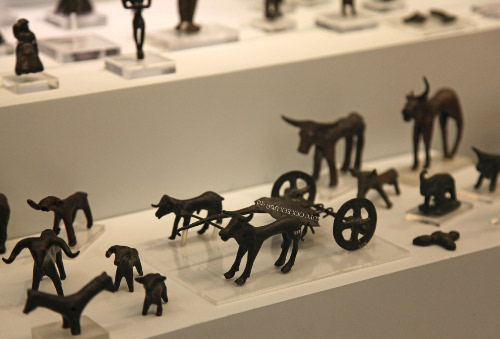 |
Dictaean Cave, according to one tradition the birthplace of Zeus.
Bronze figurines from Prepalatial and Protopalatial period (2100-1700 BC);
Neopalatial and Postpalatial (1650 - 1100 BC); and Helenic Period (8th - 7th c. BC)
|
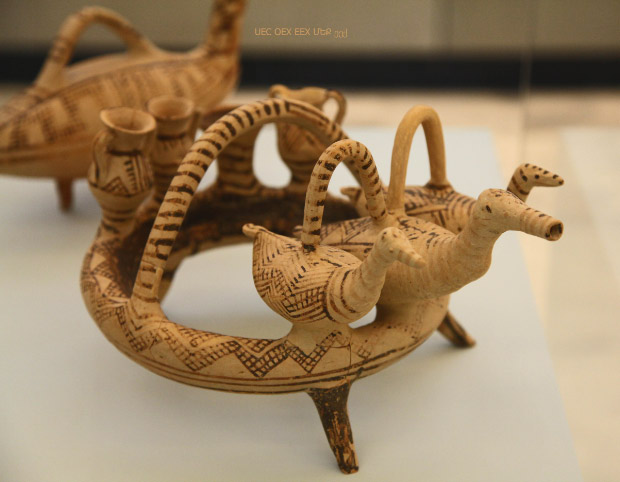 |
|
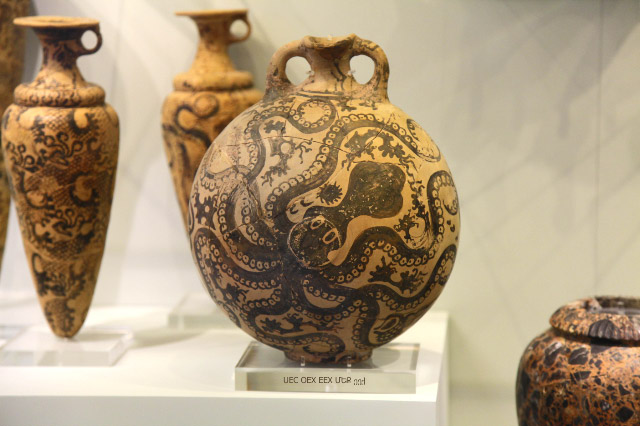 |
| Cretan Geometric and Archaic periods, 9th - 7th c. BC |
|
Minoan Neopalatial Pottery, circa 1450 BC |
|
|
| |
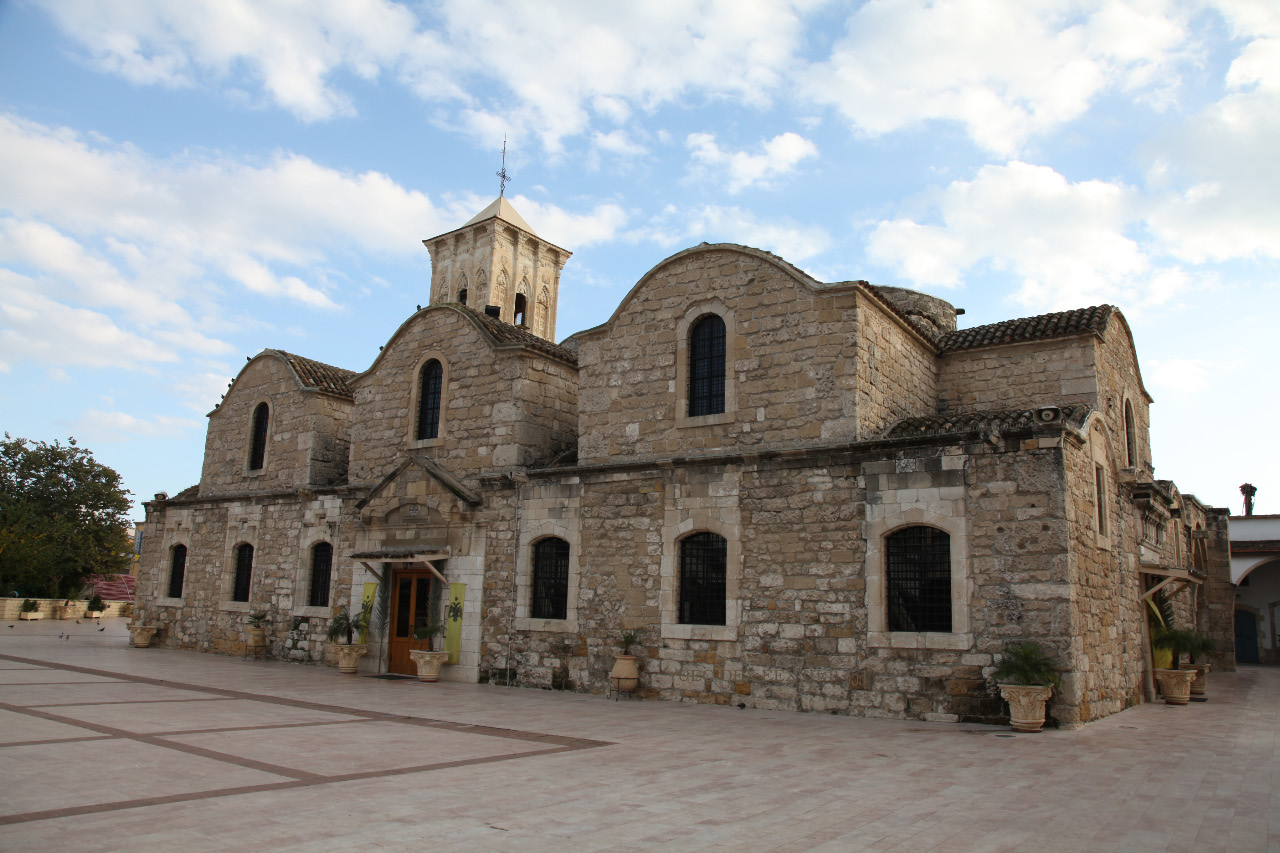 |
| |
|
Άγιο Λάζαρο - Saint Lazarus of Bethany, from the Hebrew אלעזר — Elʿāzār or Eleazar, meaning "God is my help."
The Church of Saint Lazarus — Ιερός Ναός Αγίου Λαζάρου in Κίτιον-Kition, known today as Λάρνακα-Larnaca, Κύπρος-Cyprus, was built in the very late Ninth Century,
in recompense for Byzantine Emperor Leo VI having taken to Constantinople relics of Saint Lazarus which were discovered on the spot in 890. |
| |
Ο κατάλογος των χωρών, τα εδάφη και οι λαοί των οποίων, απαρτίζουν την Ενωμένη Ευρωπαϊκή Χριστιανοσύνη, έχει ως στόχο να είναι αντικειμενικός και όχι μεροληπτικός. Ο κατάλογος αυτός παρουσιάζει ποια εδάφη αποτελούν τμήμα της Ευρωπαϊκής Χριστιανοσύνης και όχι ποια εδάφη πρέπει να αποτελούν τμήμα αυτής. Δεν έχει τα ίδια όρια με την Εκκλησία. Η Εκκλησία είναι καθολική και αιώνια. Η Ενωμένη Ευρωπαϊκή Χριστιανοσύνη μπορεί να καταλαμβάνει το 48 τοις εκατό της επιφάνειας της Γης, μπορεί να περιλαμβάνει πληθυσμό που ανέρχεται περίπου στα 1.200.000.000 άτομα που παρήγαγαν ΑΕΠ 40,238,403,000,000 $ ΗΠΑ κατά το έτος 2012 (περίπου 56 τοις εκατό επί του παγκόσμιου συνόλου) και μπορεί να έχει διάρκεια ζωής ως πληθυσμός 50.000 έτη ή ακόμη και λιγότερο από λίγες ημέρες. Εν πάση περιπτώσει, η Ενωμένη Ευρωπαϊκή Χριστιανοσύνη δεν θα είναι ούτε καθολική ούτε αιώνια. Με τη Χάρη του Θεού, η Ευρωπαϊκή Χριστιανοσύνη δεν έχει τα ίδια όρια ούτε και με τη Χριστιανοσύνη. Πολλοί λαοί άλλων πολιτισμών είναι Χριστιανοί και ίσως καλύτεροι Χριστιανοί -- και πιο κοντά στο Θεό -- από πολλούς άλλους ανθρώπους που βρίσκονται στους κόλπους της Ευρωπαϊκής Χριστιανοσύνης. Οι χώρες αυτές που περιλαμβάνονται στον κατάλογο είναι εκείνες των οποίων οι πληθυσμοί (i) είναι ιστορικά, κατά ξεκάθαρη πλειοψηφία, εθνολογικά τόσο Ευρωπαίοι όσο και Χριστιανοί -- Χριστιανοί μέσω της βάπτισης και από πεποίθηση και αναγνώριση του εαυτού τους -- και (ii) εδάφη που κατοικούνται επί του παρόντος, πάλι κατά ξεκάθαρη πλειοψηφία, από τους Απογόνους της Ευρωπαϊκής Χριστιανοσύνης. Πολλά έχουν ειπωθεί και γραφτεί και πολλά θα ειπωθούν και θα γραφτούν σχετικά με τις λέξεις και τις έννοιες που εμπεριέχονται στην προηγούμενη πρόταση. Στην ταινία «Ενωμένη Ευρωπαϊκή Χριστιανοσύνη», θα συμπεριληφθεί κάποιου είδους συζήτηση καθώς και, ευελπίστως κάποιες διορατικές ιδέες, αλλά η ταινία ασχολείται κυρίως με την επανένωση της Εκκλησίας. |
|
| |
|
|
|
| |
|
|
| Ναυμαχία της Ναυπάκτου – Batalla de Lepanto – Battaglia di Lepanto – Battle of Lepanto, 7 October 1571 |
|
Άγιο Όρος Άθως - Athos, the Holy Mountain |
|
|
|
|
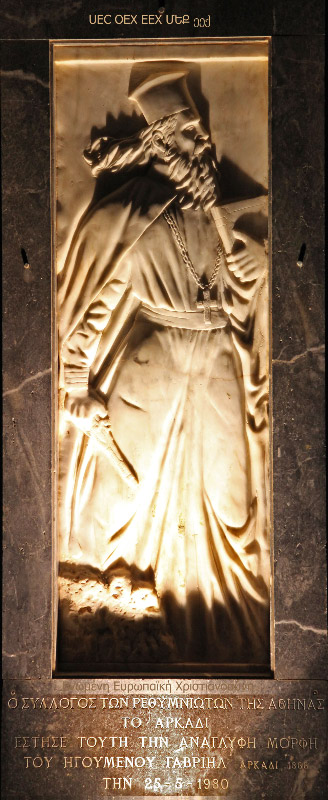 |
|
|
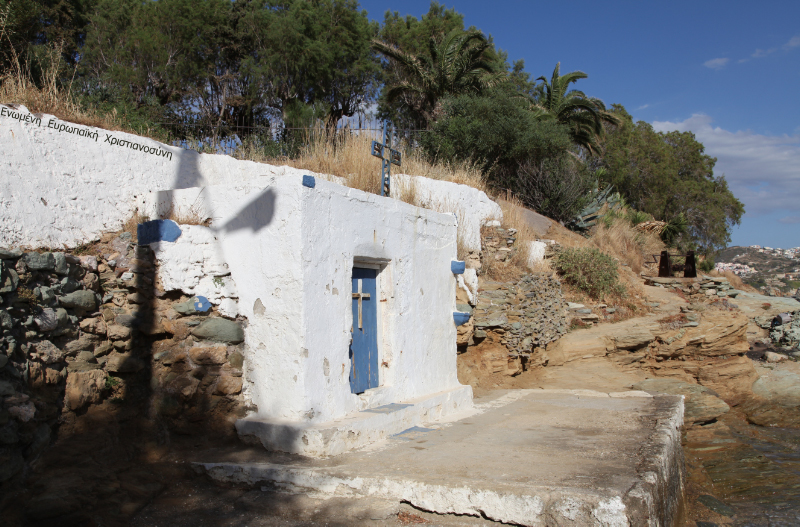
|
... pistol-packing priest, base-relief adjacent to
Metropolitan Cathedral of Rethymnon, Crete, Greece |
|
|
... a chapel by the sea in Agia Pelagia, like others built all over a country grateful for its roots and to its God. |
|
|
|
| |
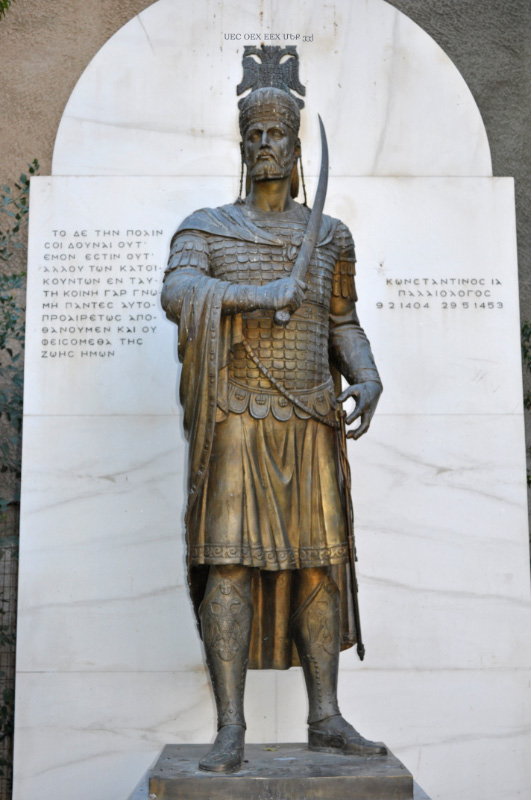 |
|
| |
Κωνσταντινος ΙΑ' Δραγάσης Παλαιολόγος - Constantine XI Dragaš Palaiologos (Palaeologus) (* 8 February 1404, reigned from 6 January 1449 – 29 May 1453 †) , monument in Thessaloniki - Θεσσαλονίκη |
|
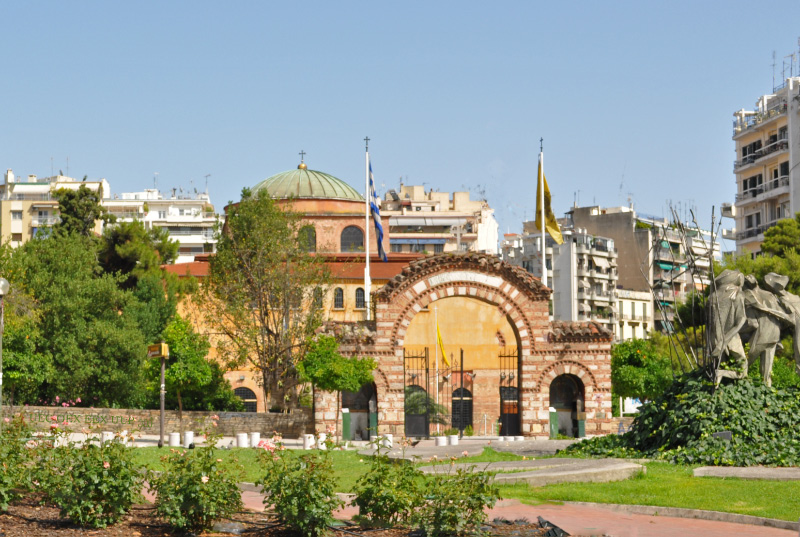 |
|
|
Ἁγία Σοφία - Hagia Sophia - Holy Wisdom, Θεσσαλονίκη - Thessaloniki,
on the site of a 3rd century Church, the present structure dates to the 8th century.
As with many hundreds of other Churches in Greece and the Balkans, it served as
a Mosque for almost 500 years after the murderous Muslim (Turkish) invasions,
returning to a holy purpose scarcely 100 years ago, with the 1912 liberation of Thessaloniki.
|
|
|
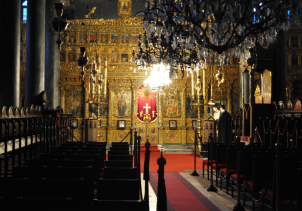
Inside the Cathedral Church of Saint George
Καθεδρικός ναός του Αγίου Γεωργίου
in Fener / φανάρι, Istanbul, or according
to another version, Constantinople
|
|
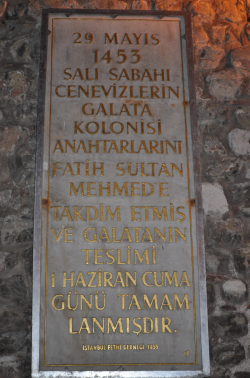
Tablet on Tower in Istanbul, formerly Constantinople/ Κωνσταντινούπολις, with Muslim Turks celebrating their victory over the Greek Christians and their capture, that is stealing through mass murder, of the Capital of the Christian Roman Empire
|
|
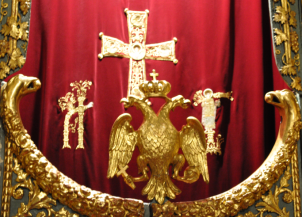
Καθεδρικός ναός του Αγίου Γεωργίου |
| |
|
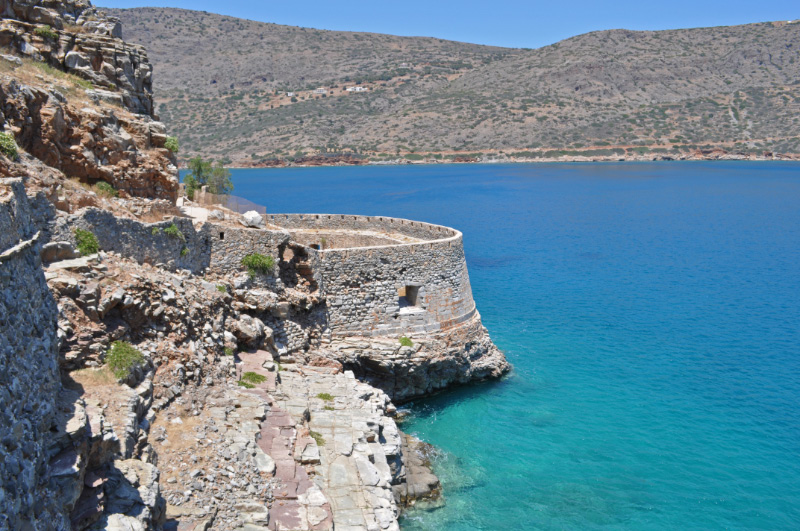 |
| |
|
The Northern bastion of Φρούριο Σπιναλόγκας – Spinalonga Fortress, on the islet off eastern Κρήτη – Crete now known officially as Καλυδών – Kalydon, built by the Venetians in 1579. A year earlier the engineer Genese Bressani was ordered to plan the island's fortifications in anticipation of new assaults by the Ottoman Muslim Turks, and generally against Muslim piracy. One can not with integrity apologize for the frequency with which this theme is touched upon, so perennial and pernicious were the problems, are the problems posed by the Muhammadians to all of Mediterranean Christendom. The ancestors of these 16th century Greek and Italian Cretans had been plagued by Arab Muslims since the 7th century. Spinalonga itself held out against the Ottomans until 1715, more than a half century longer than the rest of Crete, and the Christians were not finally rid of the last Muslim invaders until the early 20th century. Such is Crete: Orthodox Christianity and her Churches, rocky and stark terrain, good wine, good olives, good food, clear sea water, wonderfully frequent sunshine, very good music, constant threats from Muslims and brave and holy men to meet them. |
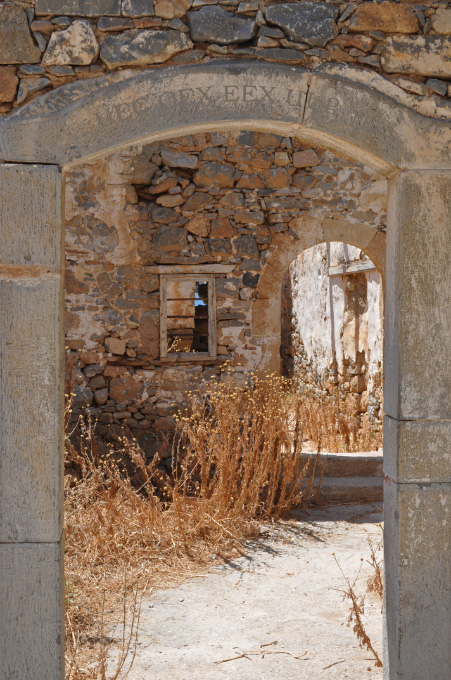 |
|
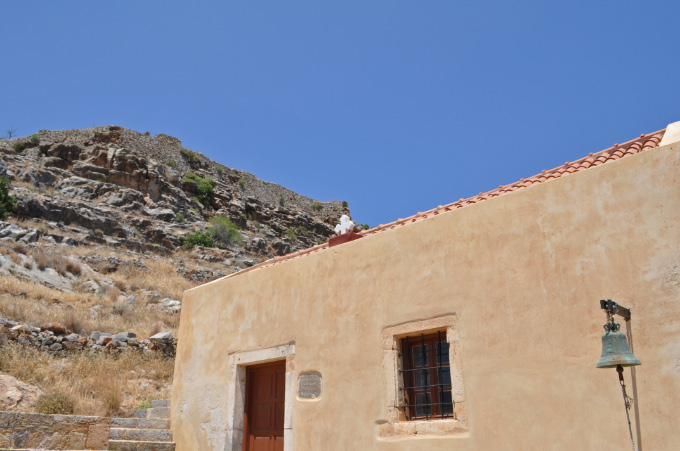
|
| |
|
Σπιναλόγκα Εκκλησία Άγιος Γεώργιος – Spinalonga Church of Saint George |
| |
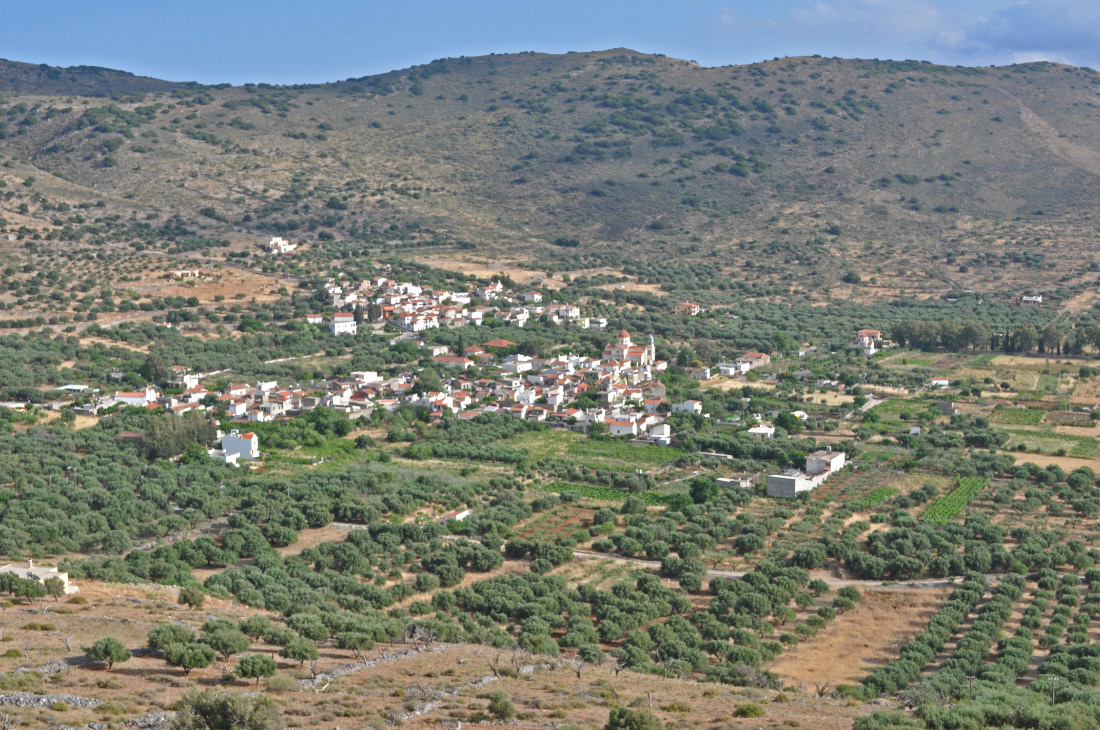 |
|
| |
European Christendom, Greece, Crete, Lasithi, Dimos Mirabelou, a valley |
|
|
|
|
| |
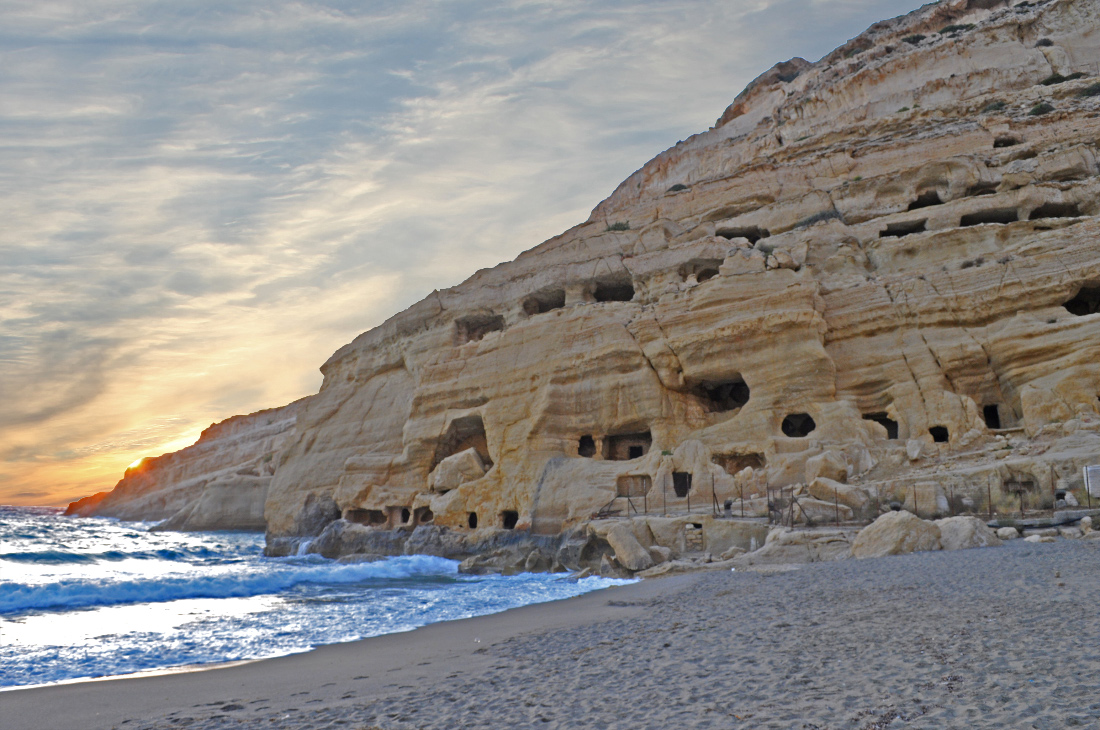 |
|
| |
Μάταλα – Matala, these caves were carved out by humans during Neolithic times and used as residences. Millennia later but still millennia ago, these caves possibly served as early, very early, Christian burial tombs.
And some time in between, Matala was the spot on the Island of Crete where Zeus in the form of a bull went ashore with the kidnapped Phoenician princess, Europa. |
|
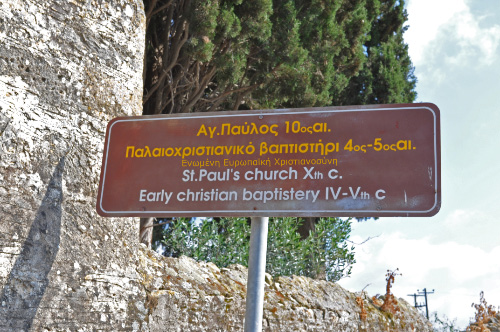
|
|
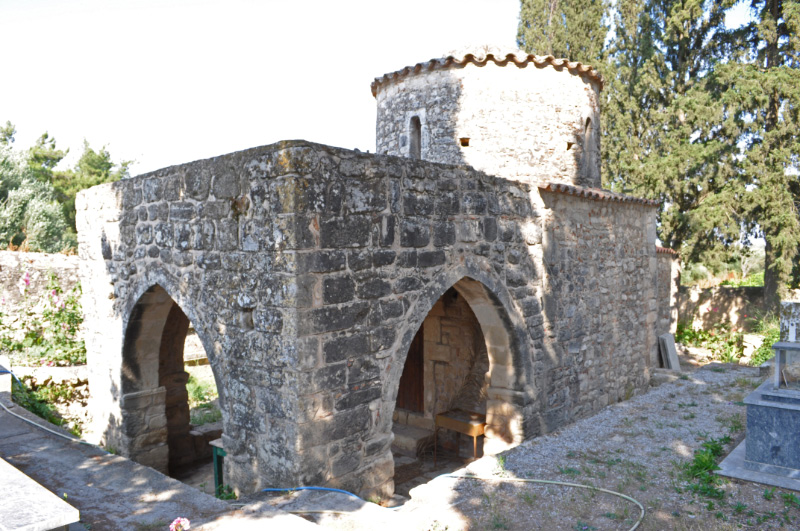 |
| |
|
Saint Paul's 10th century Church, near the c. 2000 Before Christ Minoan Palace of Φαιστός – Phaistos, in south-western Heraklion region of Κρήτη – Crete, about 15 kilometers northwest of the beach at Matala and the Mediterranean. The baptistery at the covered porch dates to the 5th or even back to the 4th century Anno Domini. |
| |
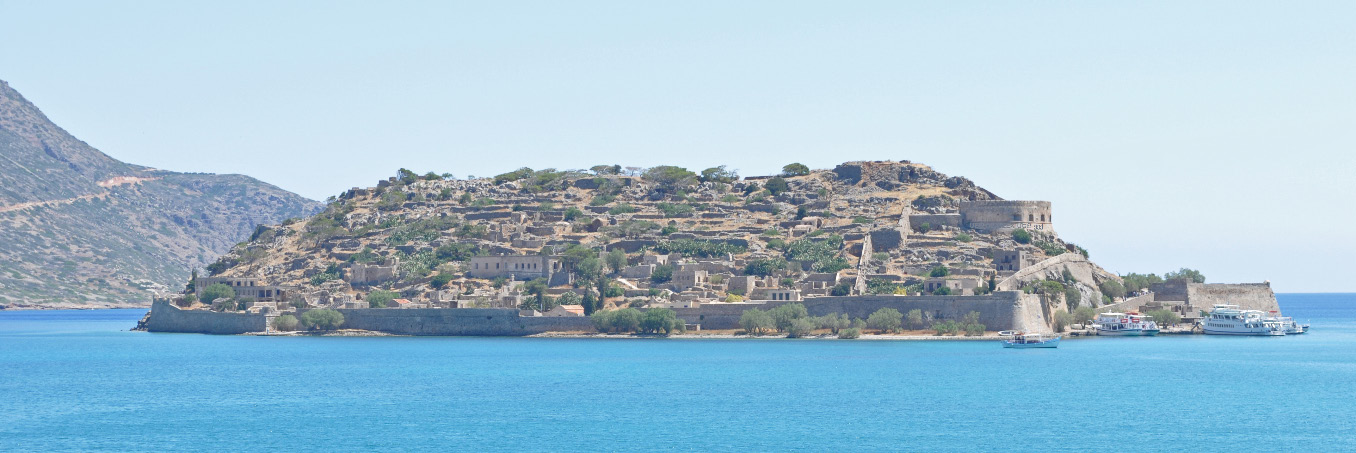 |
|
| |
In the middle of the 20th century the island fortress of Σπιναλόγκα – Spinalonga returned again to a Christian function, serving as a well-provided leper colony. |
|
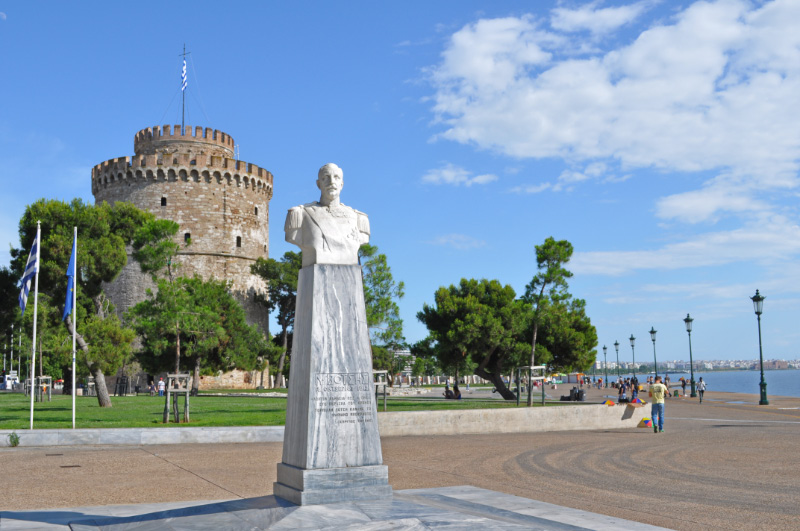 |
|
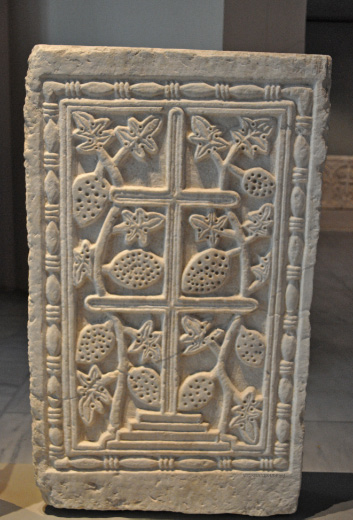 |
Νικόλαος Βότσης – Nikolaos Votsis, of the sinking of the Ottoman Feth-i Bülend fame, 18 October 1912.
Θεσσαλονίκη – Thessaloniki and the White Tower of Thessaloniki – Λευκός Πύργος, originally a Byzantine
fortification, dating at least back to the 12th century, the Muslim Ottoman Turks rebuilt it and then
employed it as a place for torturing and executing Christians en masse. |
|
Templon closure slab late 10th to early 11th cent, in Museum of Byzantine Culture – Μουσείο Βυζαντινού Πολιτισμού, Θεσσαλονίκη – Thessaloniki |
| |
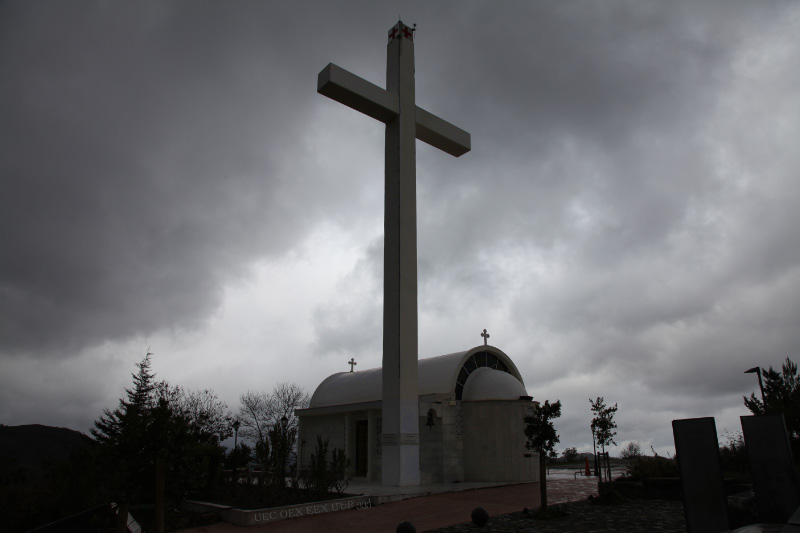 |
| |
|
Κύπρος - Cyprus |
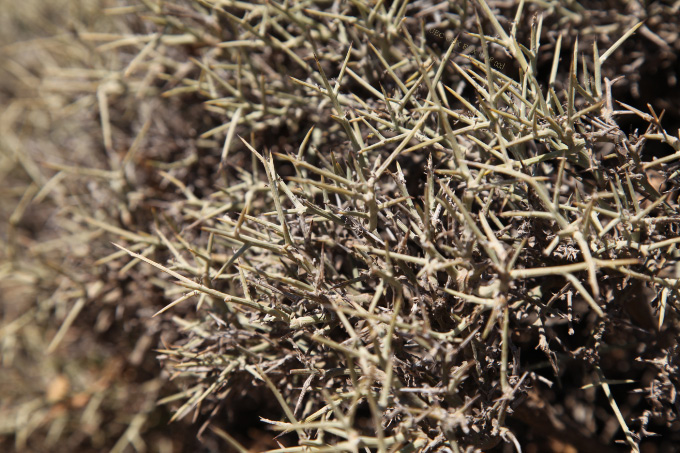 |
|
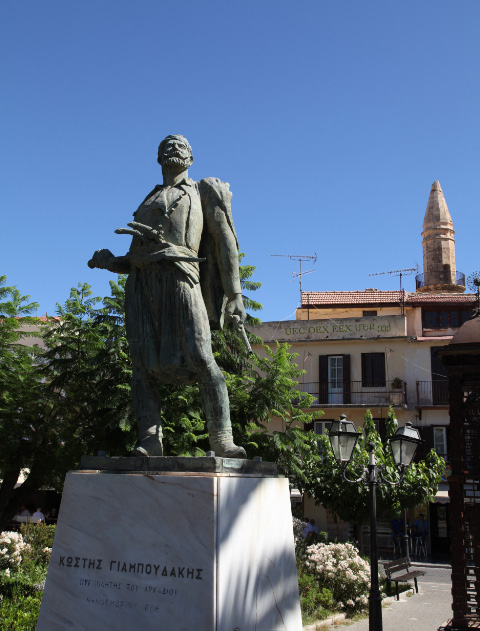 |
... our advantages in Christendom
|
|
Orthodox soldier and Muslim minaret in Rethymno - Ρέθυμνο |
| |
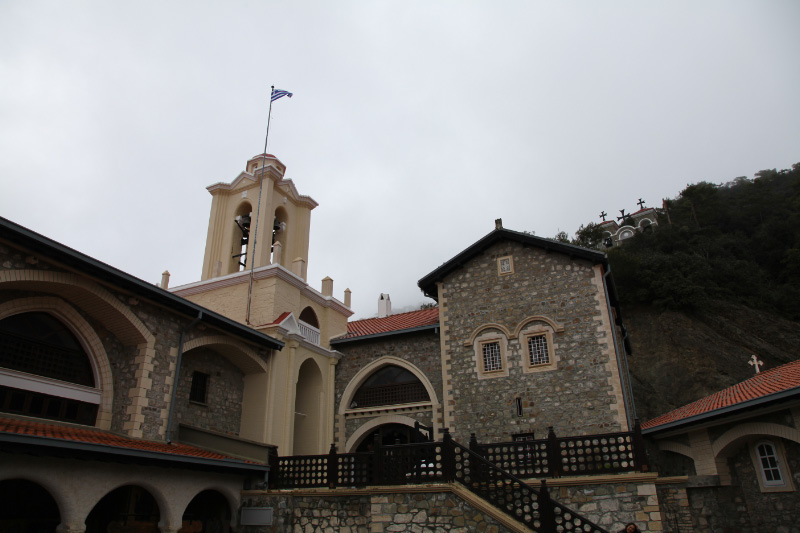 |
| |
Η Ιερά Μονή της Παναγίας του Κύκκου - The Holy Monastery of Kykkos on Cyprus was founded in the late 11th and early 12th Centuries. |
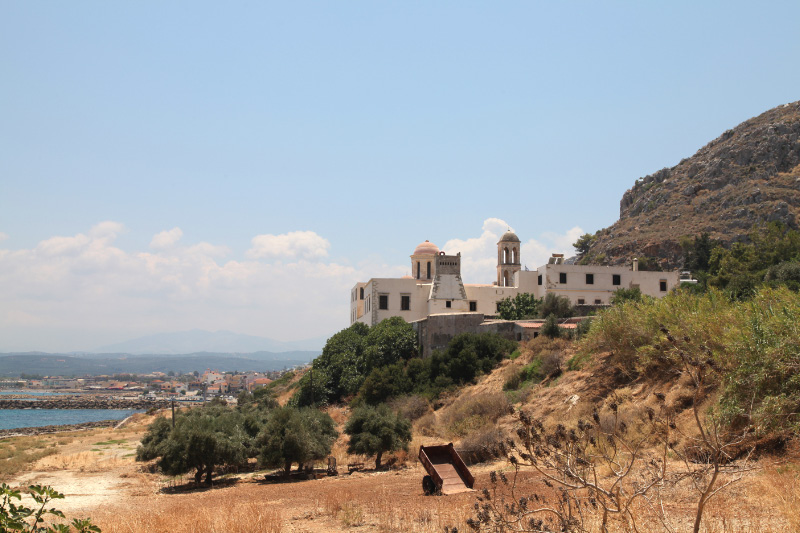 |
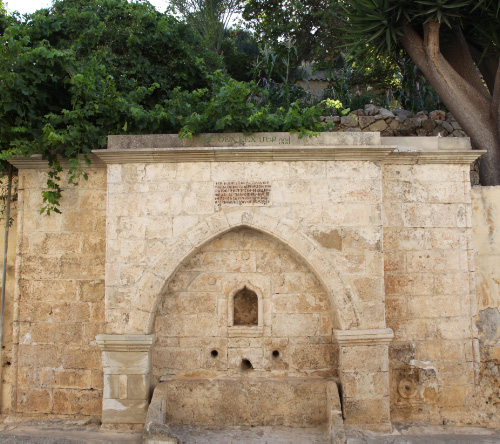
|
The Lady of the Angels Monastery of Gonia - η Ιερά Πατριαρχική και Σταυροπηγιακή Μονή Οδηγητρίας Γωνιάς,
longsuffering and alive in Kolympari, Kissamou, Chania, Crete — Κολυμπάρι, Κισσάμου, Χανιά, Κρήτη.
The nearby Orthodox Academy of Crete, operating under the spiritual auspices of His All Holiness the Ecumenical Patriarch of Constantinople,
though an impressive complex of buildings in an idyllic setting, is a disappointment. It is filled with reminders of the incessant efforts of some
to conflate and confuse the all holy re-unification of the Orthodox, Oriental Orthodox and Catholic Christians into the Orthodox-Catholic Church,
with decidedly unholy promotion of religious indifferentism and syncretism, so very often under the innocuous sounding banner of inter-faith dialogue.
|
| |
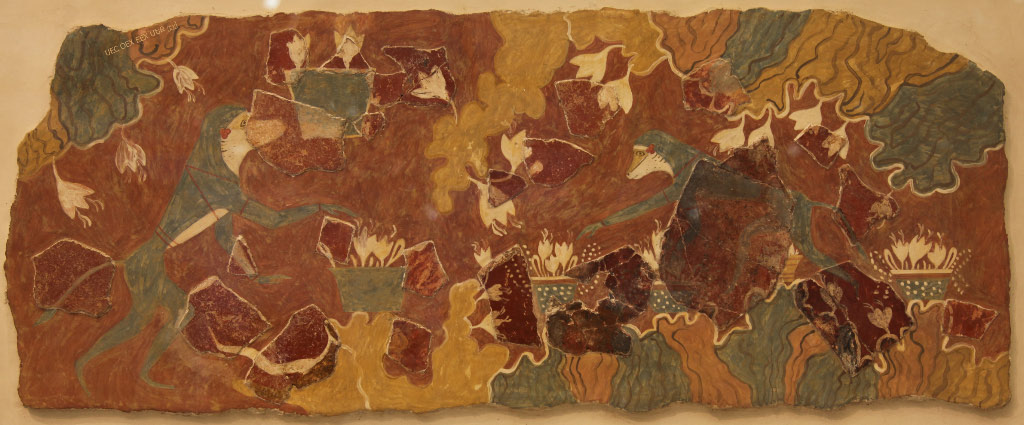 |
|
| |
|
The Saffron Gatherer. Fresco portraying a monkey gathering saffron and placing them in a basket,
probably to be offered to the goddess as a gift. Knossos, Neopalatial Period (1700 - 1450 BC) |
|
|
| |
|
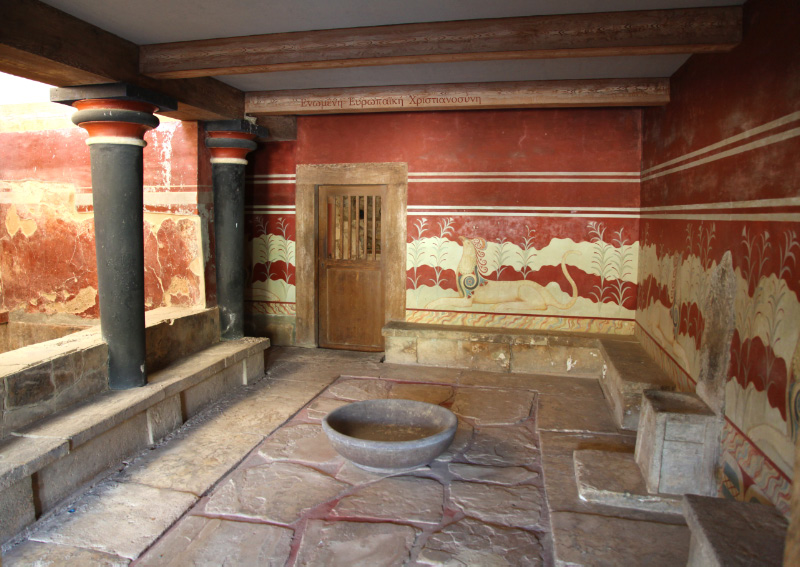 |
| |
|
The circa 3500-year-old ceremonial throne room of the Minoan Palace of Knossos (built bronze age, 15th c. BC). |
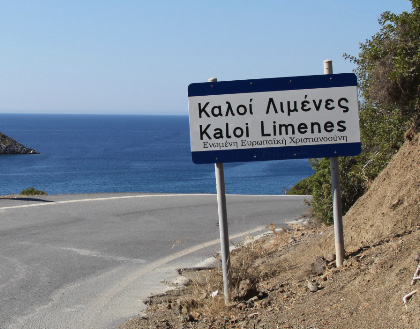
|
|
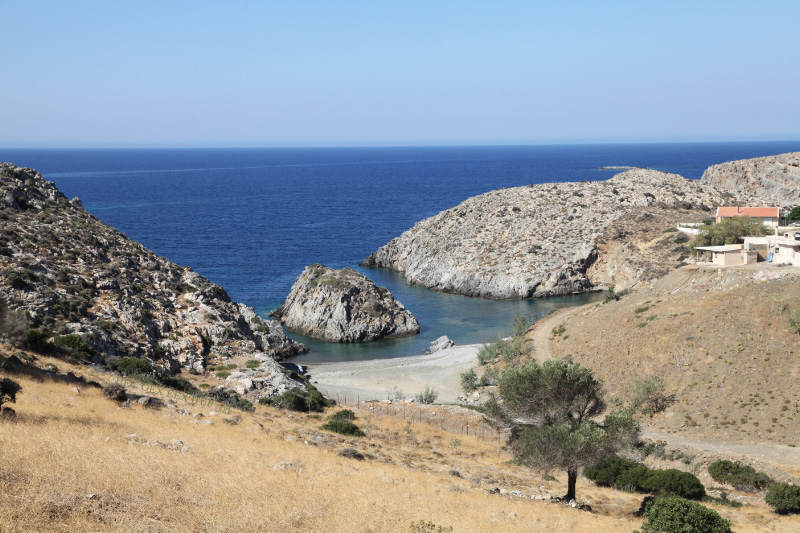 |
| |
|
Καλοί Λιμένες, Κρήτη - Kaloi Limenes, Crete, from Apostle Saint Paul's shelter cave down to the Mediterranean |
|
| |
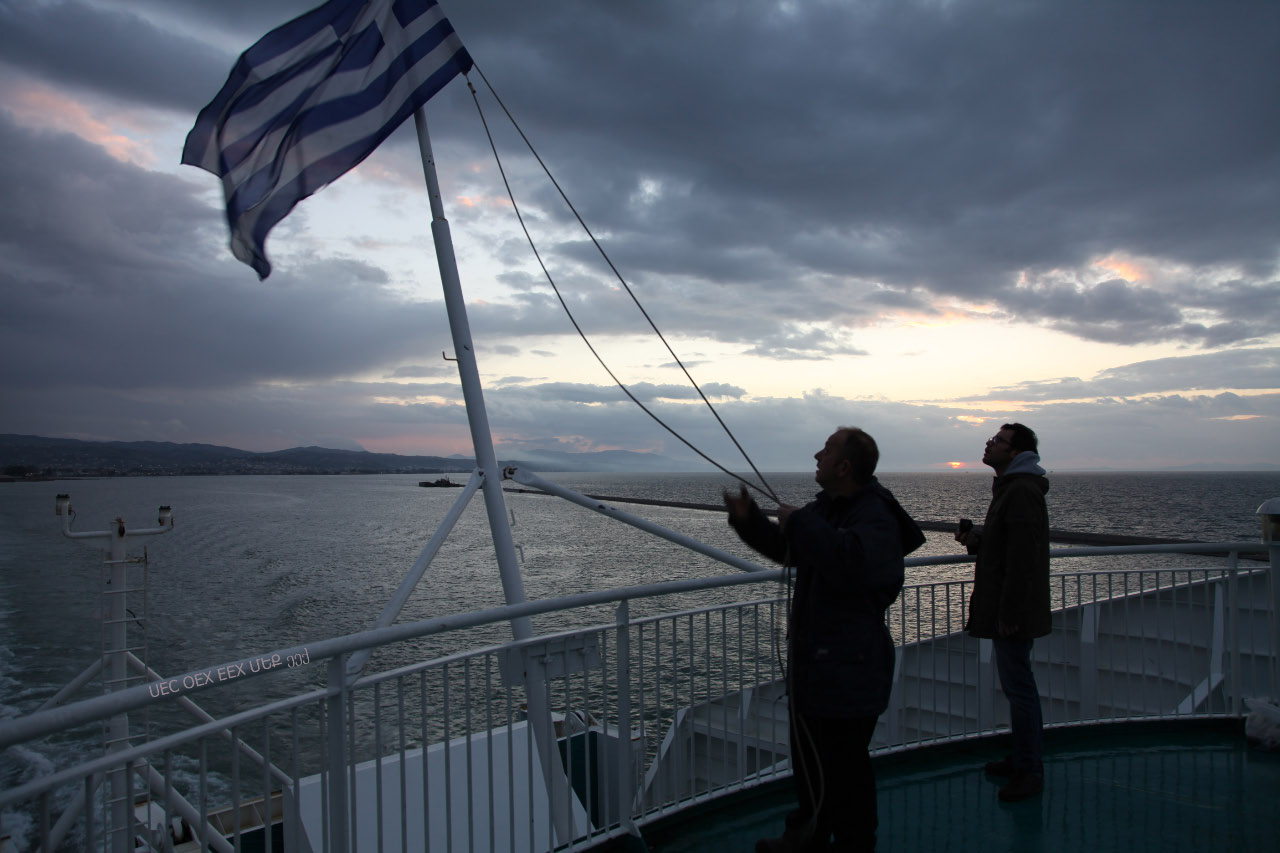 |
|
| |
Gulf of Patras Πατραϊκός Κόλπος |
|
|